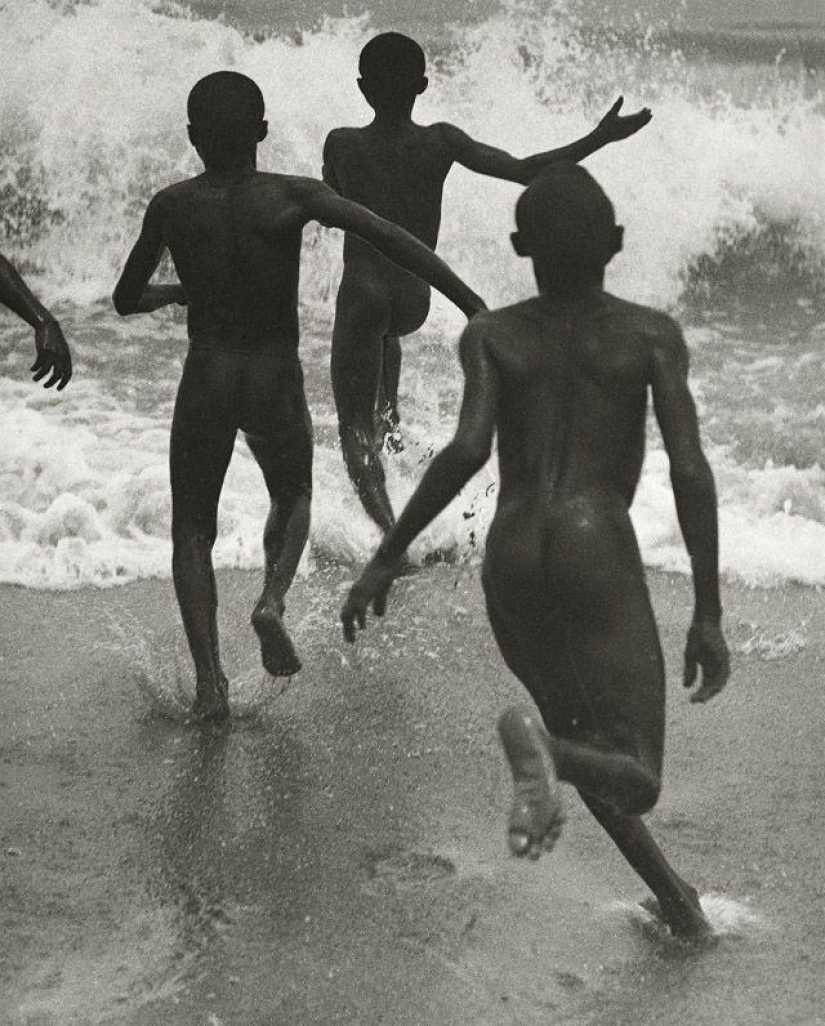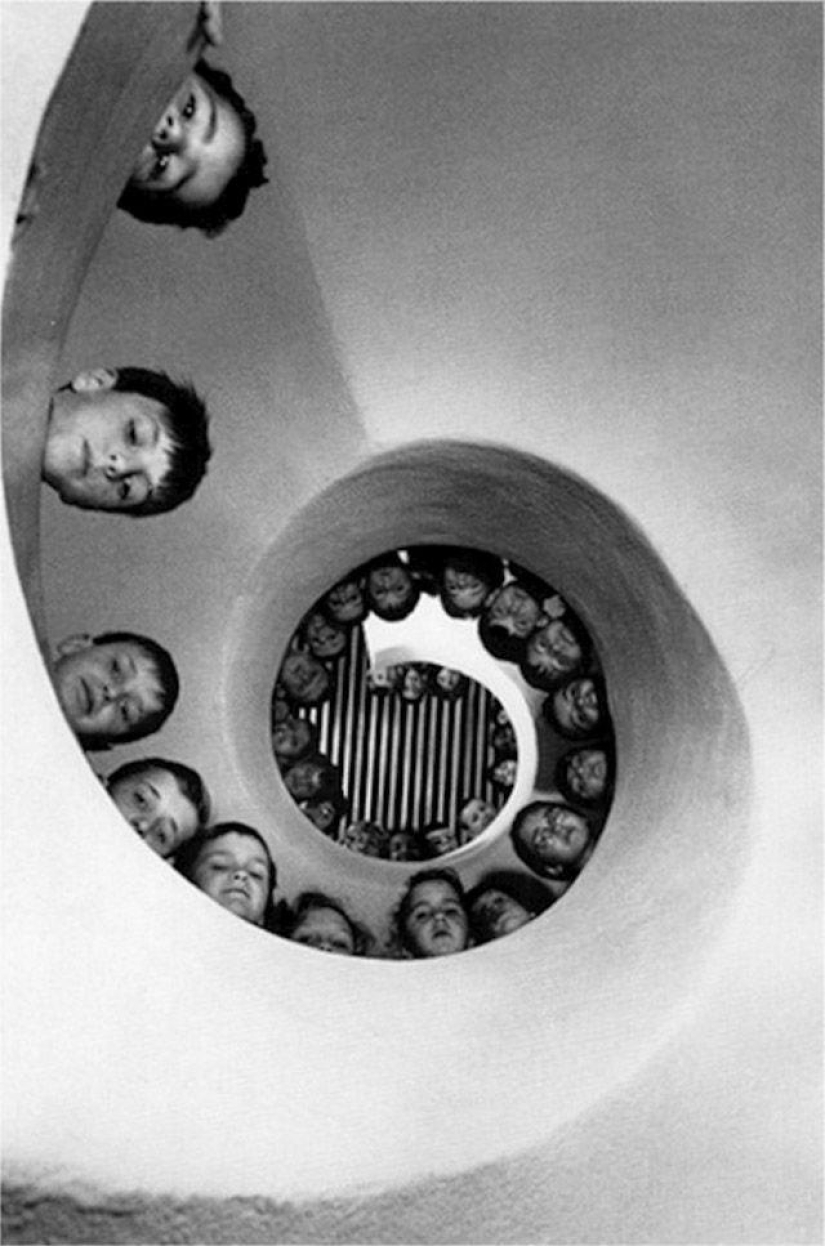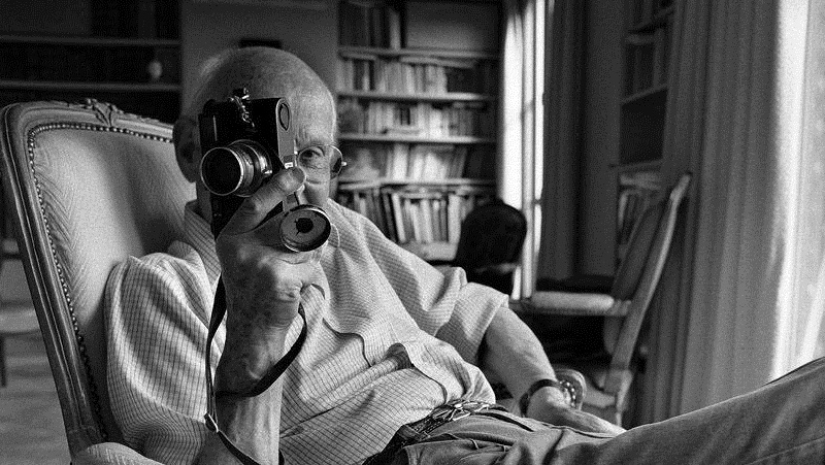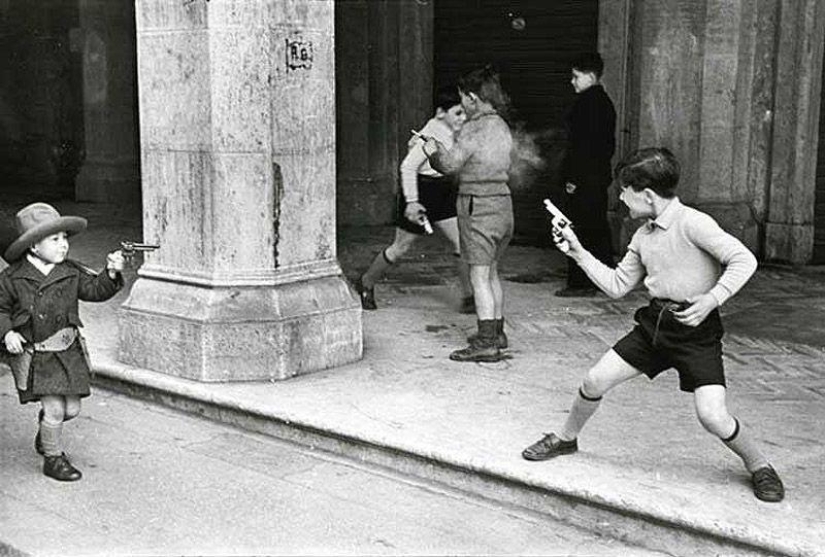How to become a real photographer: 7 lessons of Henri Cartier-Bresson
Categories: Photo School
PictolicHenri Cartier-Bresson is one of the most famous photographers in history. He is the co-founder of Magnum photo agency, which brilliantly captured not just the events, but also the spirit of the XX century. The photographer's life was filled with adventures and excitement, which were reflected in the very essence of his works, so beloved by us. Collections of his works are decorated in numerous printed portfolio albums created with the participation of the author and with the support of his friends.
How can you learn to take better photos from the maestro? Here are the seven fundamental principles of the work of the great Henri Cartier-Bresson.

1. Be in the thick of things
"The world is falling apart, and Adams and Weston are photographing rocks!" (Henri Cartier-Bresson).

Washington, USA, 1957 Demonstration of civil rights activists.
Almost immediately after Henri Cartier-Bresson discovered photography in the 20s of the last century, he set out to explore new places and be at the center of the most important events. The photographer's curiosity and natural curiosity were a single concept for him.
Cartier-Bresson's career proves the importance for photographers to never stagnate, but to follow their natural curiosity and avoid patterns.
2. Don't think about the composition while shooting
"In photography, visual harmony can only flow from developed instincts" (Henri Cartier-Bresson).

Leningrad, 1973 Portrait of Lenin on the facade of the Winter Palace on the occasion of May 9.
He often said that he works on an instinctive, almost subconscious level. Cartier-Bresson was able to capture a sudden moment of action and translate it into a compositionally harmonious photograph.
3. Take inspiration from other people's work
"I must say that it was this work that lit the spark and prompted me to study photography and look at the world through the lens of my camera" (Henri Cartier-Bresson).

Boys running to the surf. Lake Tanganyika. onethousandninehundredthirty
In 1931, he came across a photograph of Martin Munkaci (whose work had a great influence on Richard Avedon), in which three energetic black boys rush into the arms of the waves of Lake Tanganyika. The picture combines wonderful cheerfulness and strict composition, which bribed Henri Cartier-Bresson and directed him to the path of photography.
4. The photo should carry value even before processing
"As soon as the frame got on the film, I'm not interested in what will happen next. After all, hunters don't cook food" (Henri Cartier-Bresson).

Of course, a lot has changed with the advent of digital photography. But Henri Cartier-Bresson's approach to photographic perception, which, according to the master, begins and ends with the shutter release of the camera, is still relevant today.
5. It is not the camera that is important, but the photographer
"Photography has not changed since its inception, apart from technical aspects that do not matter much to me" (Henri Cartier-Bresson).
 Cartier-Bresson has never hidden that he is not particularly interested in all the wisdom of photographic equipment. In 1932, he discovered the Leica 35 mm and used it throughout his photography career, almost always paired with a 50 mm lens. A simple and inconspicuous camera (the photographer glued the flashing parts of the camera with dark duct tape) allowed him to be almost invisible to the future heroes of his photographs.
Cartier-Bresson has never hidden that he is not particularly interested in all the wisdom of photographic equipment. In 1932, he discovered the Leica 35 mm and used it throughout his photography career, almost always paired with a 50 mm lens. A simple and inconspicuous camera (the photographer glued the flashing parts of the camera with dark duct tape) allowed him to be almost invisible to the future heroes of his photographs.
"Life" worried Cartier-Bresson much more than "photography".
6. Don't miss the moment!
"An amazing mixture of emotions and geometry in an instant" (Henri Cartier-Bresson).

Cartier-Bresson tried to shoot any scene at the moment when the emotional peak of the plot acquired the most harmonious compositional form. He called this peak a "decisive moment", which meant "instant recognition, in a fraction of a second, of the significance of what is happening and at the same time the exact organization of forms that give this event the appropriate expression."
7. The plot is above all
"Photography is nothing. I am interested in life" (Henri Cartier-Bresson).

Kids playing cowboys. Rome, Italy, 1951.
At the "decisive moment" everything is in favor of the photographer, and he understands that he needs to pull the trigger. The result is photos that don't need additional comments — you just need to admire them! What exactly attracted the photographer's attention — the facial expression or a certain arrangement of people, it will become clear later.
Keywords: Masters of photography | Tips | Lesson | Photographer | Photography
Recent articles

Norway is a northern country and most of the year it doesn't matter with bright colors there. This is probably why the conceptual ...

It is very difficult to scold your pets! Even when they steal food from the table, spoil things or litter the apartment… After ...
Related articles

No wonder they say that knowledge is power. Just learning something new and improving existing skills, people can achieve real ...

As a rule, people do not supply the body with enough green leafy vegetables necessary for well-being. One green cocktail a day can ...

Many men avoid this topic, but very wrongly … After all, such an elementary process as shaving testicles, in fact, involves a ...

Gradimir Smudja is a Serbian artist, illustrator, and comedian whose work blends humor, surrealism, and a deep respect for art ...